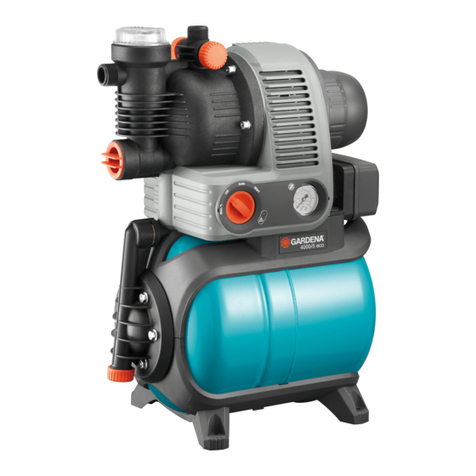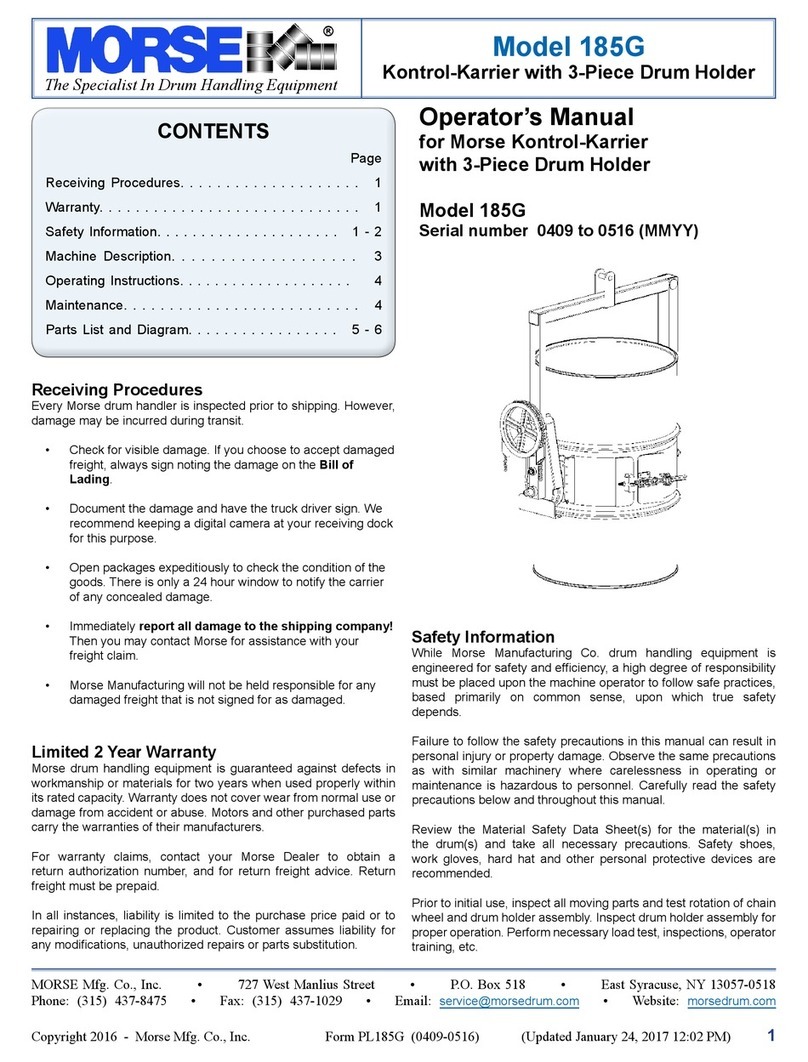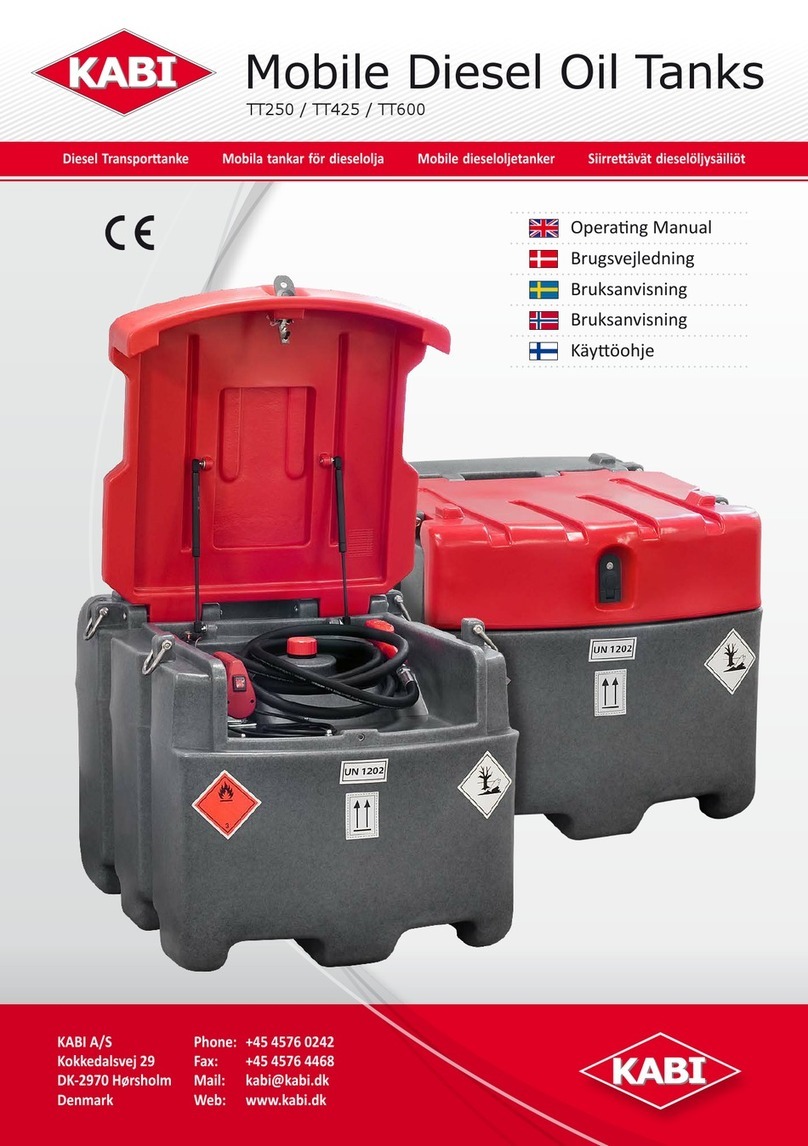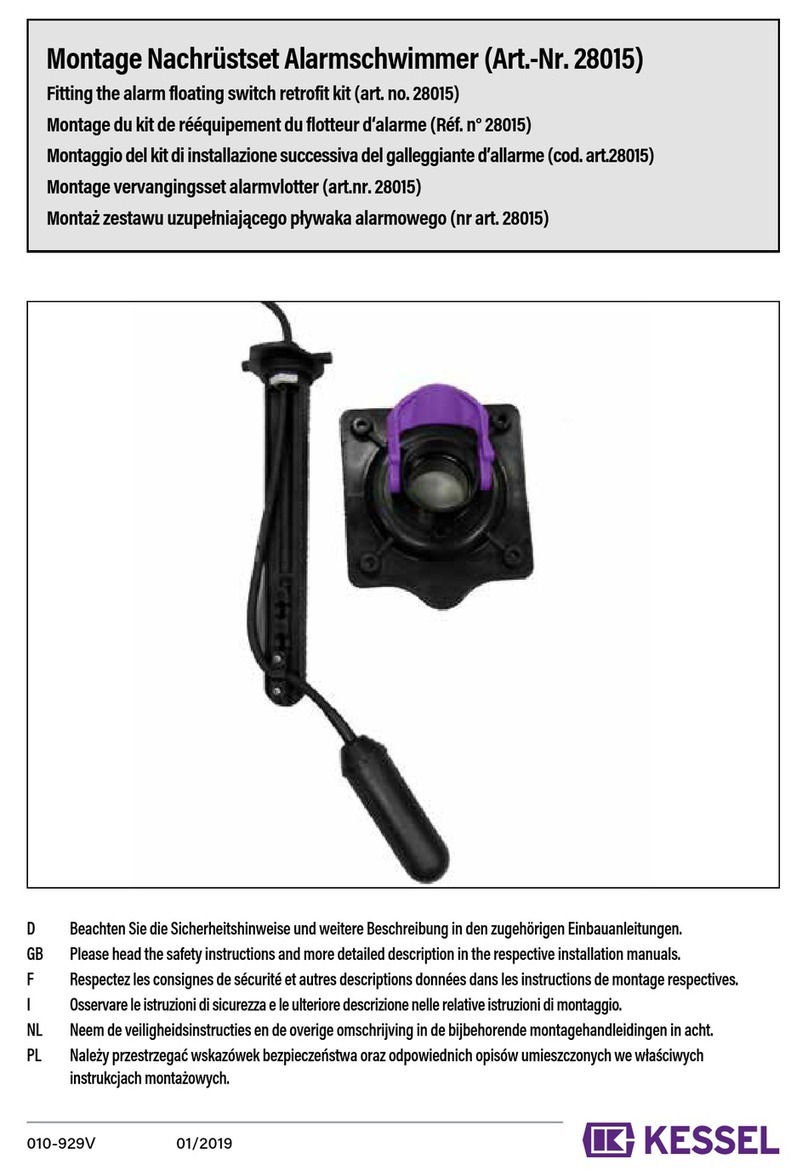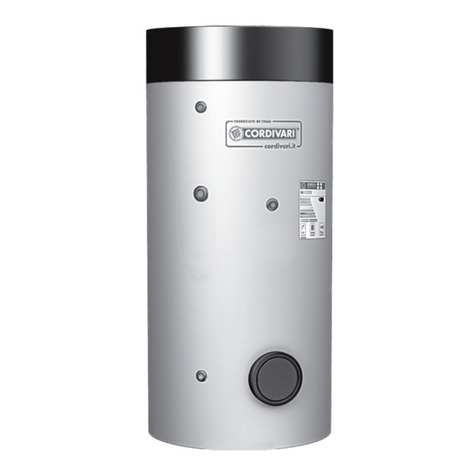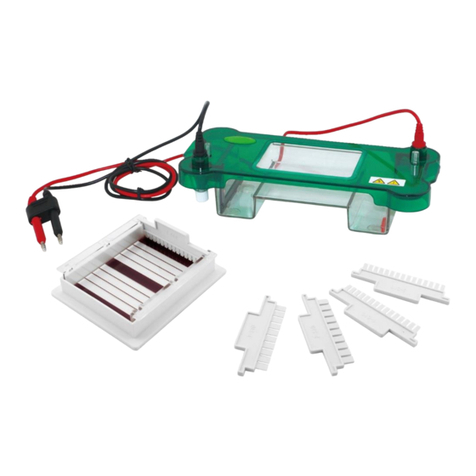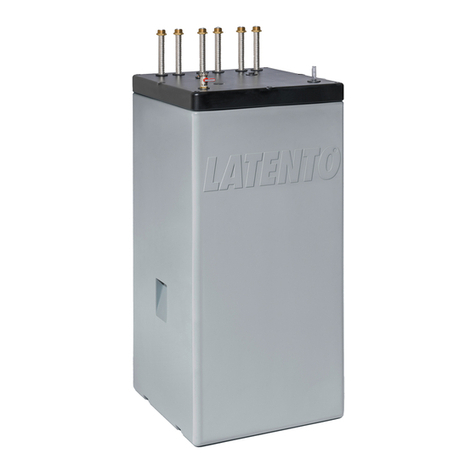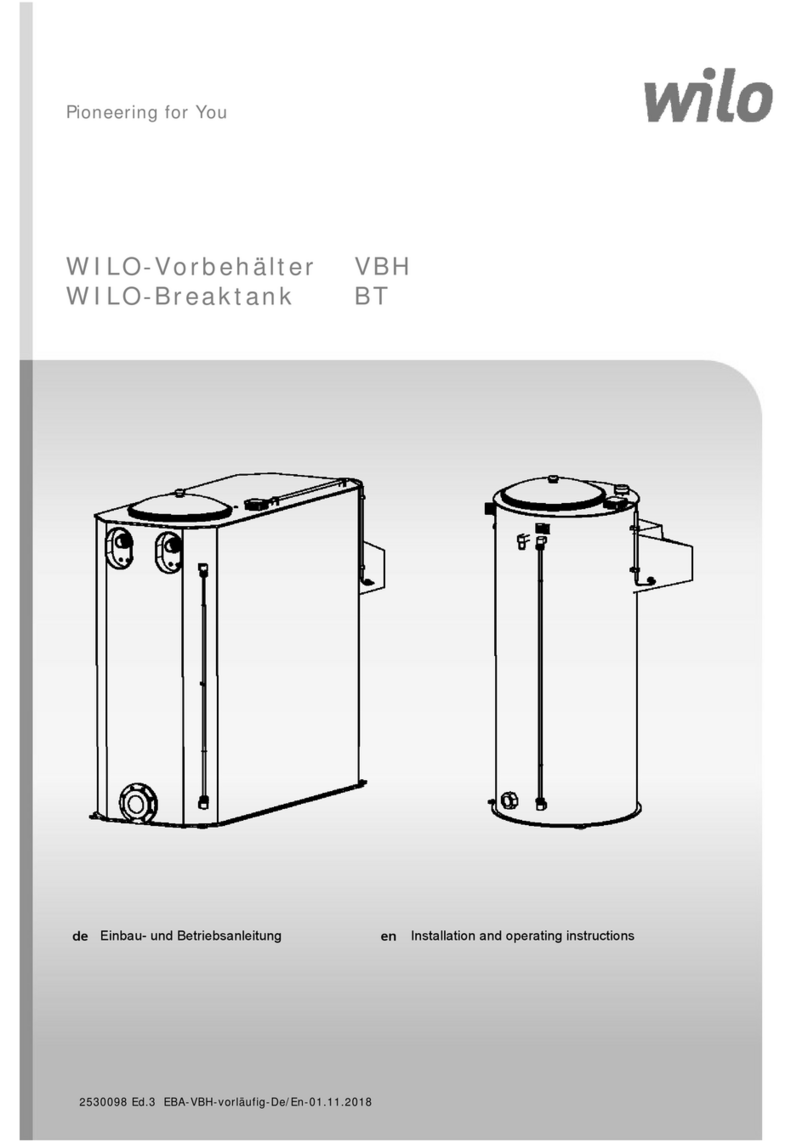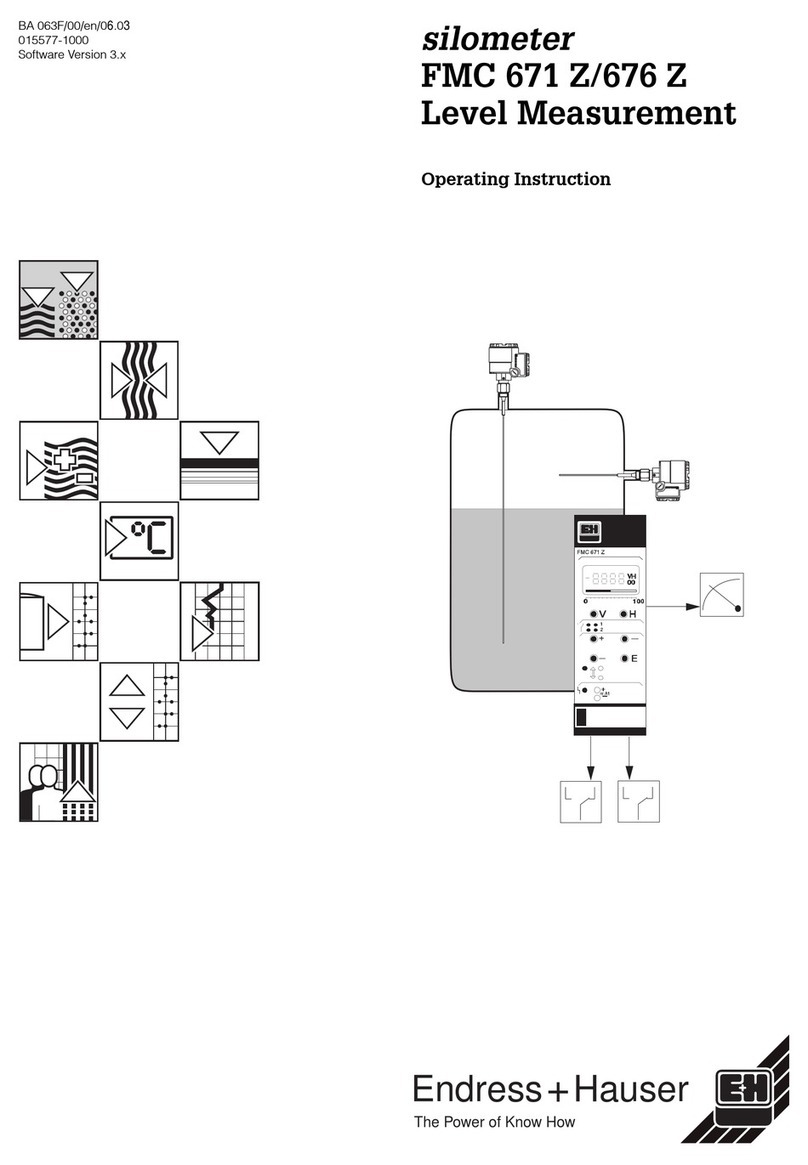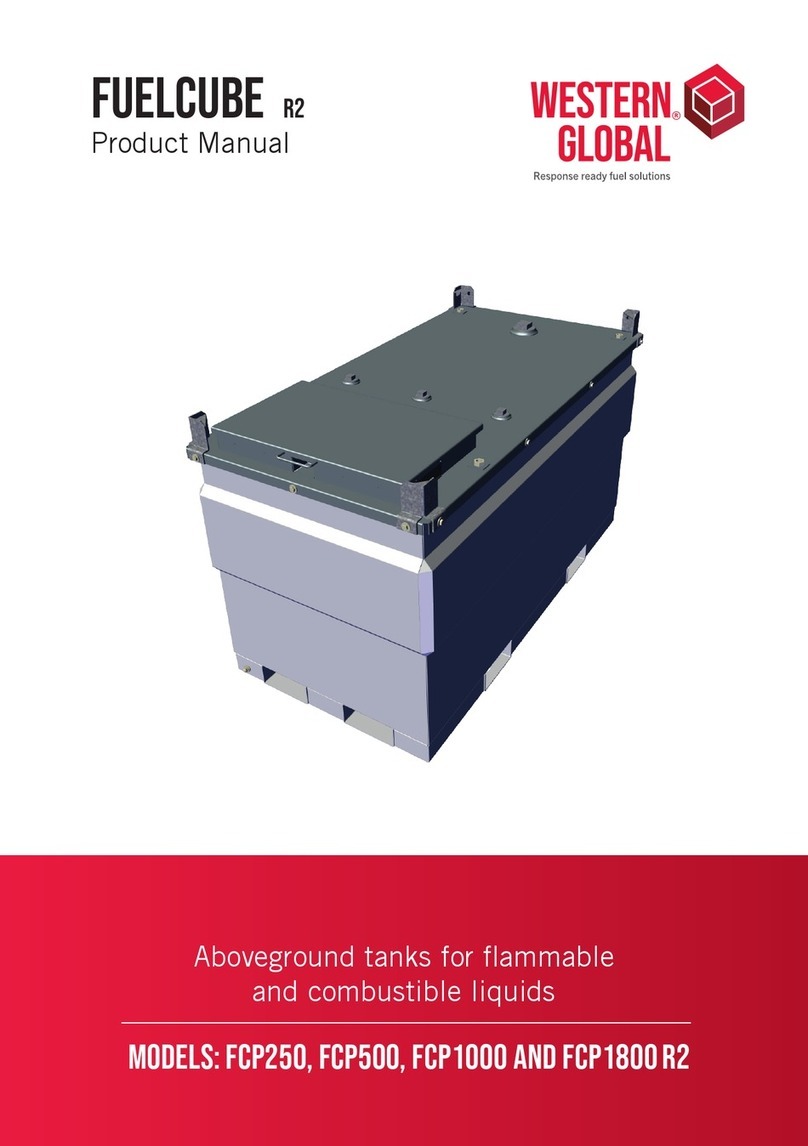DEHOUST AQF 570/5 User manual

Break tank system AQF
For protection of drinking water from process water in hazard class 5 in
accordance with DIN EN 1717
Operating and installation guide
Current as of October 2015

Table of contents
1. Safety information....................................................................................................... 1
1.1. Safetyinformation inthis manual............................................................................................ 1
1.2. General safety information...................................................................................................... 1
1.3. Other safety regulations.......................................................................................................... 1
1.4. Consequencesandrisksof non-compliancewith the manual ................................................. 2
1.5. Operator'sdutyof care............................................................................................................ 2
1.6. Safetyinstructionsfor service, inspection andinstallation work............................................. 2
1.7. Requirements for operating personnel .................................................................................... 3
2. General information .................................................................................................. 3
2.1. Warranty and liability ………………………………………………………………………………….……………………. 3
2.2. Legal warranty obligation(excerpt)........................................................................................ 3
3. Description.................................................................................................................. 4
3.1. Functionaldescription.............................................................................................................. 4
3.2. Technical specifications ............................................................................................................ 4
3.3. Scope ofdelivery ....................................................................................................................... 5
3.4. Structure..................................................................................................................................... 6
3.5. Intended use.............................................................................................................................. 6
3.6. Unauthorised use........................................................................................................................ 7
4. Transport ..................................................................................................................... 7
5. Installation ................................................................................................................... 7
5.1. Assemblyarea ............................................................................................................................ 7
5.2. Immersion pressure pumpin thestorage tank.......................................................................... 7
5.3. Connection towater pipes ......................................................................................................... 8
5.4. Emergencyoverflow connection ............................................................................................... 9
5.5. Emergencyoverflow venttype AB............................................................................................ 10
5.6. Electrical connection................................................................................................................ 11
6. Commissioning ........................................................................................................... 11
6.1. Fill container and start immersion pressurepump ...................................................................11
7. Maintenance .............................................................................................................. 12
7.1 Inspections ................................................................................................................................ 12
7.2. Service.......................................................................................................................................13
8. Malfunctions/troubleshooting..................................................................................... 14
9. Disposal. ..................................................................................................................... 14

1
DEHOUST GMBH – GUTENBERGSTR. 5-7 – D-69181 LEIMEN – www.dehoust.com
1. Safety information
1.1. Safety information in this manual
Areas labelled with this sign refer to technical information and application tips that should help to avoid damage to
the system. This symbol does not indicate a safety instruction.
Areas labelled with this sign indicate that slight physical injury or minor property damage may occur if appropriate
safety measures are not followed.
Areas labelled with this sign indicate that death or serious physical injury or substantial property damage may
occur if appropriate safety measures are not followed.
1.2. General safety information
This manual contains basic information that should be followed during transport, installation, commissioning, operation,
maintenance, shutdown, storage and disposal. For the use of the break tank system the authorised data, operating and usage
conditions specified in the data sheet must be followed.
Never exceed the permissible usage limits concerning pressures, temperature, etc. that are listed in the documentation.
Follow all safety information and handling instructions in the present manual.
Information attached directly to the system must be followed and must be kept in legible condition. This applies for example
for:
Safety information
Labels for connections
Type plate
Before installation and commissioning, the manual must be read by the operator and by the assigned technician/operator
and must be available at all times at the usage location of the break tank system.
Installation and maintenance work is be performed only by authorised specialists with appropriate equipment.
The technical condition of the break tank system must be checked at regular
time intervals (at least once per year).
The local safety and accident prevention rules must be followed for the operation of the break tank system.
General rules of technology must be followed for resource planning and the operation of the unit.
Modification of the break tank system is prohibited and will invalidate warranty claims.
The operator is responsible for compliance with the local rules in effect on site but not included in the manual.
1.3. Other safety regulations
In addition to the safety instructions listed in this manual as well as those "Intended use", the following safety provisions all
apply:
• Accident prevention rules, safety and operating rules
• Safety rules for handling hazardous materials
• Relevant standards and laws

2
DEHOUST GMBH – GUTENBERGSTR. 5-7 – D-69181 LEIMEN – www.dehoust.com
1.4. Consequences and risks of non-compliance with the manual
• Failure to follow this manual will invalidate warranty and damage compensation claims.
• Failure to follow it may, for example, result in the following risks::
Risk to persons from electrical, thermal, mechanical and chemical influences
Failure of important functions of the product
Failure of specified methods for maintenance and service
1.5. Operator's duty of care
The break tank system was designed and built based on a risk assessment and after acareful selection of the required harmonised
standards, as well as other technical specifications. It is thus consistent with state-of-the-art technology and ensures maximum
safety. But this safety can only be achieved during actual operation if all the required measures are taken. It falls within the duty
of care of the break tank system operator to plan these measures and monitor their implementation. The operator must ensure, in
particular, that
the break tank system is operated only for its intended use
the break tank system is only operated in correct technical condition.
The manual is always legible and available in its entirety at the operation site of the break tank system.
only properly qualified and authorised personnel install, operate, service and decommission the break tank system.
this personnel is regularly trained in all relevant matters concerning occupational safety and environmental protection, and
has understood the manual and in particular has read and understood the safety instructions contained in it.
safety and warning signs on the break tank system are not removed and all remain legible
any other hazards that arise from the specific working conditions at the operation site of the break tank system are
investigated in a risk assessment (as defined in the Occupational Safety and Health Act § 5).
all additional instructions and safety advice arising from the risk assessment are compiled in a user guide (as defined under
the German Work Equipment Usage Ordinance § 6).
the duct routing is assessed properly.
1.6. Safety instructions for service, inspection and installation work
Any alterations and modifications of the machine without the consent of the manufacturer are prohibited.
Only use original parts or those authorised by the manufacturer. The use of other parts can result in the
invalidation of void your warranty for any consequences resulting there from.
Only work on the machine when it is turned off.
The pump housing must be at ambient temperature.
The pump housing must be de-pressurised and emptied.
Strictly follow the procedures for decommissioning the system, as described in these instructions.
After completion of work, immediately reattach or restart any safety and protection equipment.
Before restarting equipment, make sure that the listed points for commissioning are followed.
Keep any unauthorised persons (e.g. children) away from the system.

3
DEHOUST GMBH – GUTENBERGSTR. 5-7 – D-69181 LEIMEN – www.dehoust.com
1.7. Requirements for operating personnel
This break tank system must be assembled, commissioned, repaired and decommissioned only by persons who have been trained,
instructed and authorised for this purposed. If necessary, training can be provided by the manufacturer/supplier at the request of
the operator. Training sessions on the system are to be conducted with the supervision of technical professionals. The relevant
authorisations of personnel must be clearly specified by the operator in the form of a user guide. Special qualifications are
additionally required for the following activities:
Work on the electrical equipment is to be carried out only by trained electricians only.
Assembly, maintenance and repair work must be carried out only by qualified professionals.
The basic regulations for occupational safety and accident prevention must be followed.
2. General information
The manual is part of the specified series and its models. The manual describes the proper and safe use of the equipment in all
operating phases. The type plate indicates the series and size, the most important operational data and the serial number. To
uphold any warranty claims in the event of damage, the authorised dealer must be immediately notified with the installation site
and serial number of the machine.
2.1. Warranty and liability
The general delivery conditions and terms of sale of DEHOUST shall apply. Any warranty and liability claims for personal or
material damage are void if they can be attributed to one or more of the following causes.
Improper use of the break tank system
Improper assembly, commissioning, operation and maintenance of the break tank system
Non-compliance with the instructions in the manual regarding transportation, storage, assembly, commissioning, operation,
maintenance and repair of the break tank system
Unauthorised structural modifications to the break tank system
Improperly performed repairs
Disasters caused by third party exposure and force majeure
2.2. Legal warranty obligation (excerpt)
Statutory warranty applies in accordance with § 437 BGB
(German Civil Code).
Within the warranty period, DEHOUST shall rectify free-of-charge any functional disturbances which can be attributed to production
or material defects. This includes all faults that occur despite verifiably proper installation, proper operation and compliance with
all operational and installation guides.
Table of contents
Popular Tank Equipment manuals by other brands
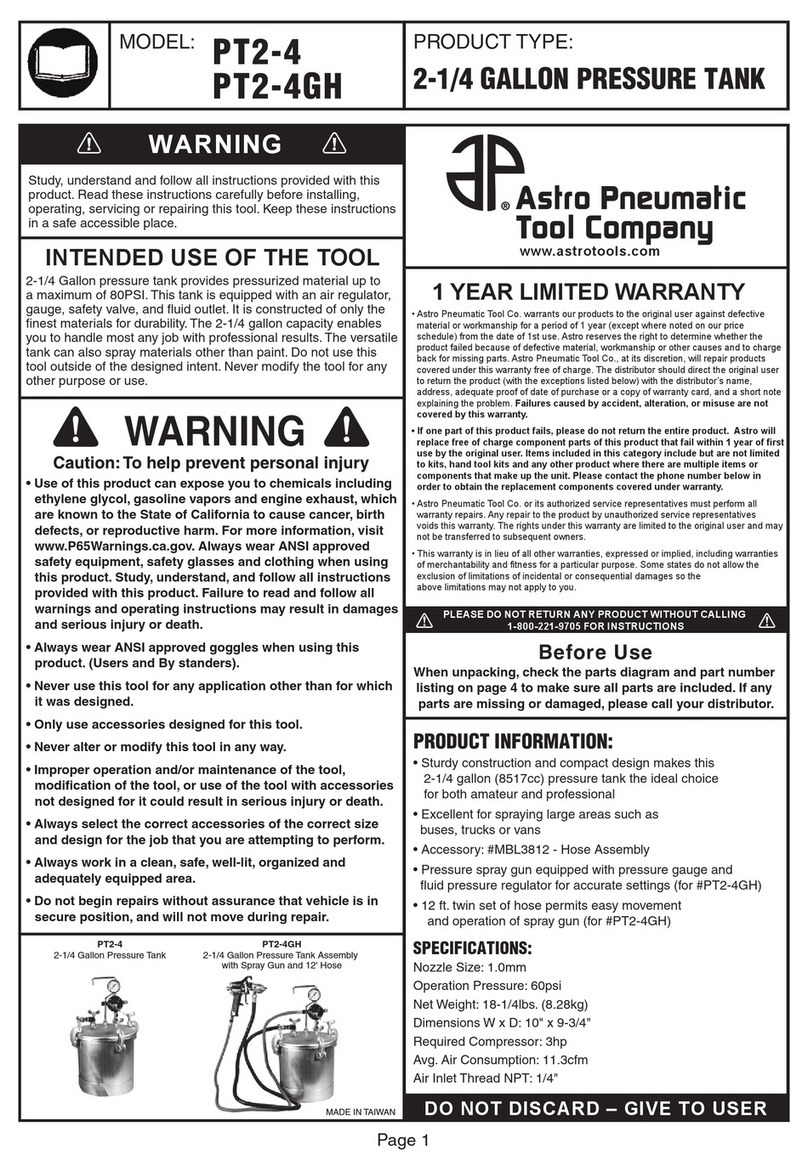
Astro Pneumatic Tool
Astro Pneumatic Tool PT2-4 quick start guide
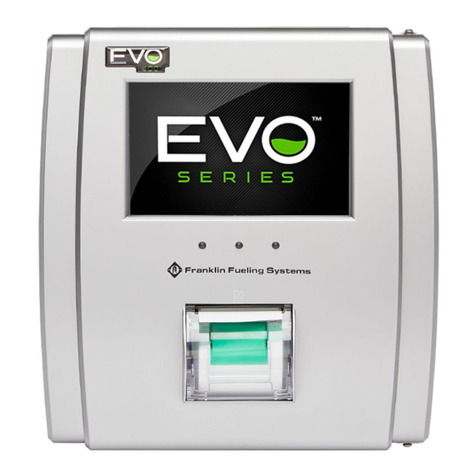
Franklin Fueling Systems
Franklin Fueling Systems EVO 600 Operation guide
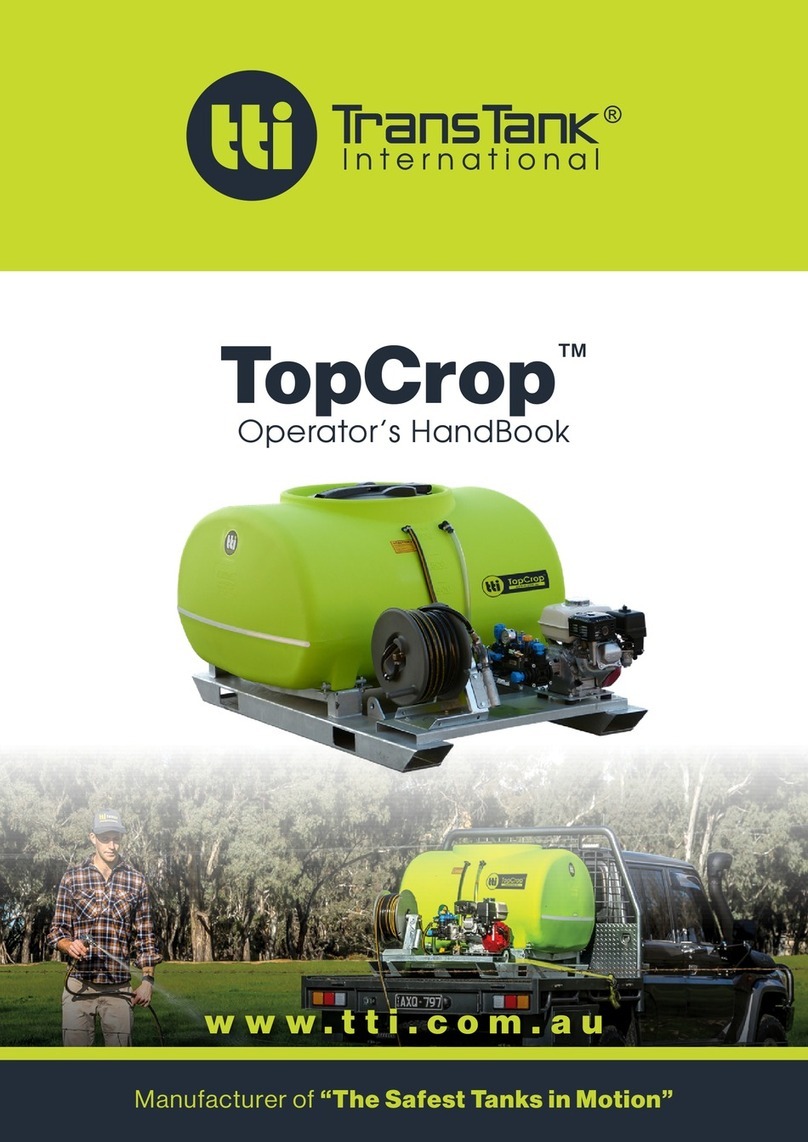
TransTank
TransTank TopCrop Operator's handbook
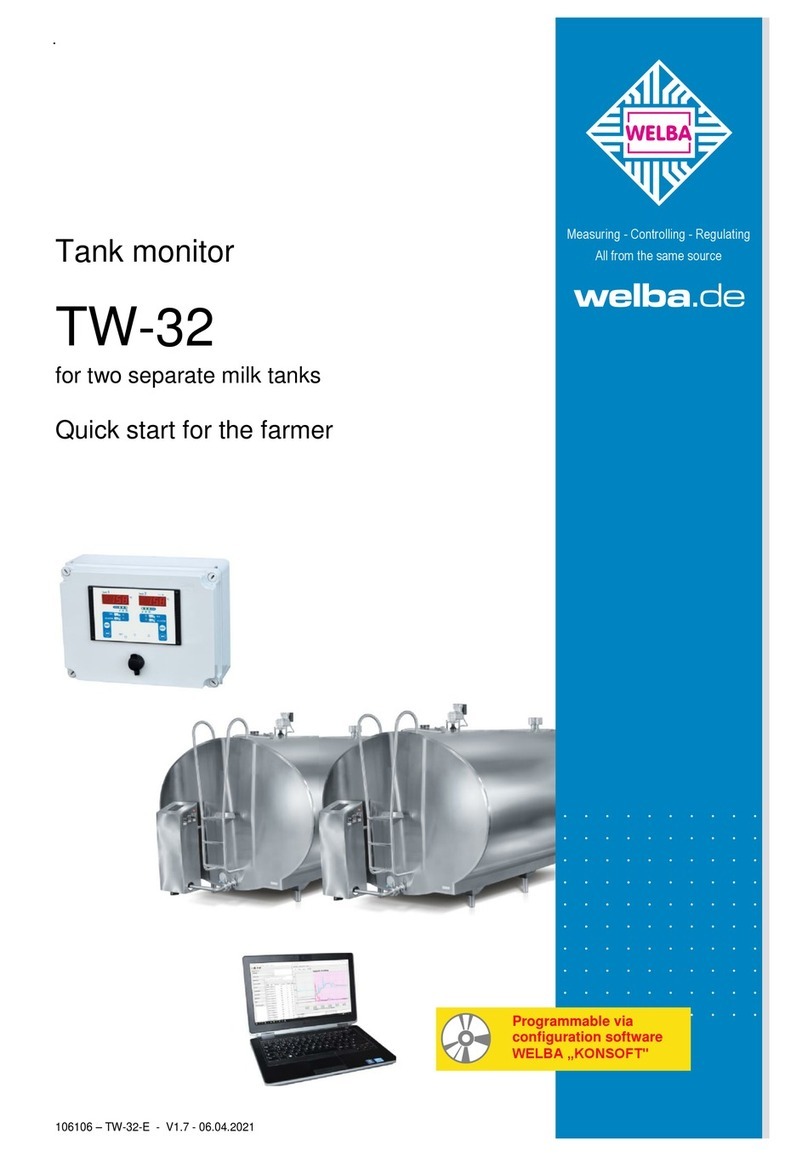
WELBA
WELBA TW-32 quick start
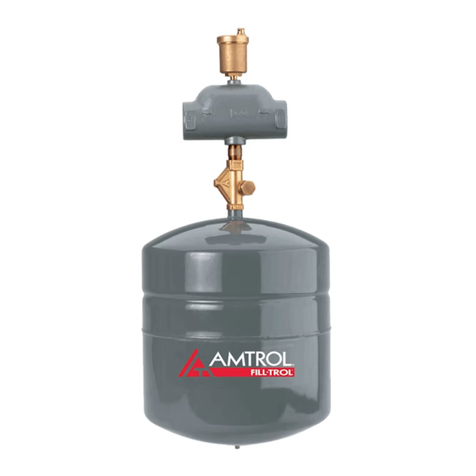
Amtrol
Amtrol FILL-TROL FT-109 Installation & operation instructions
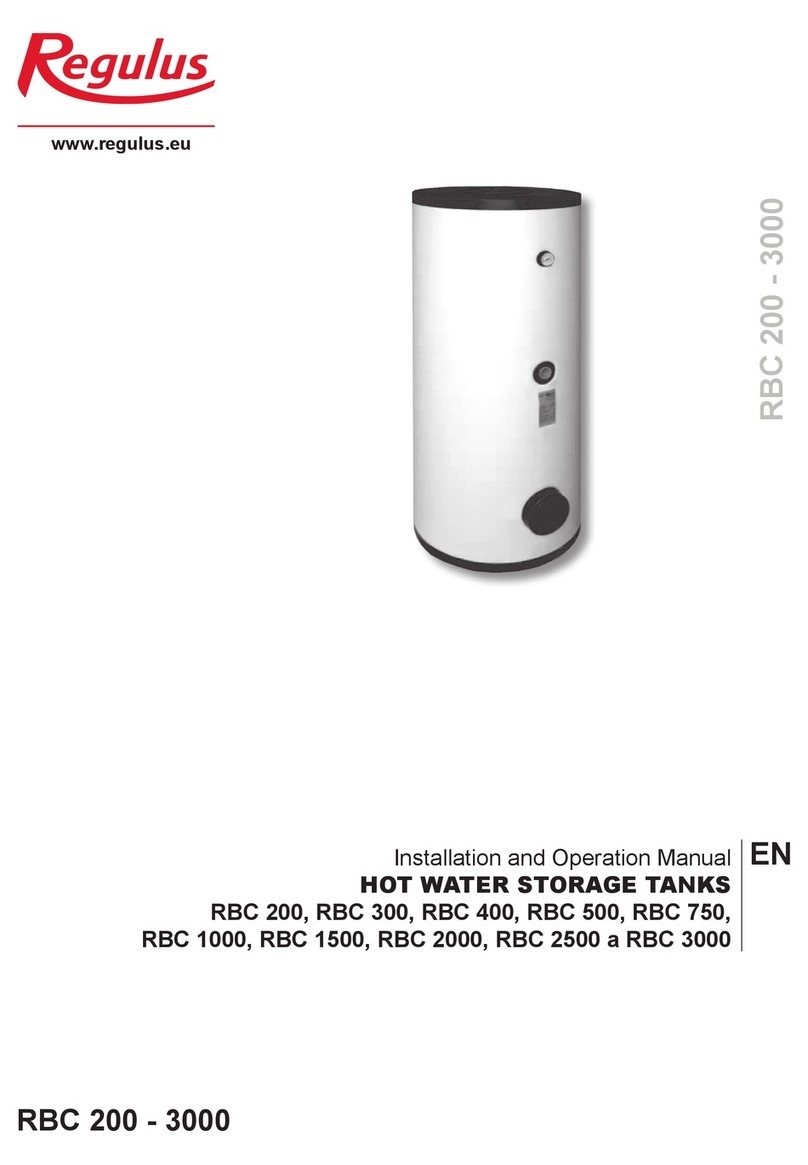
Regulus
Regulus RBC 200 Installation and operation manual

